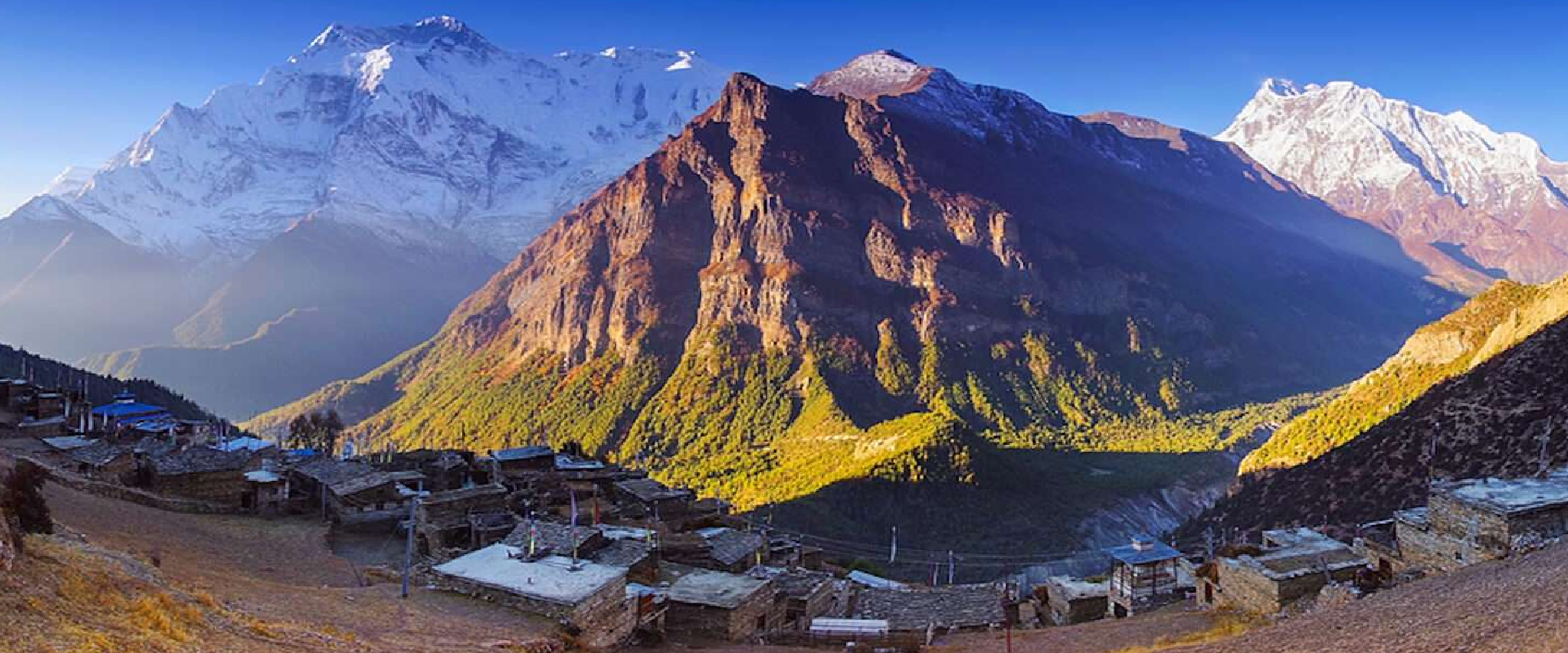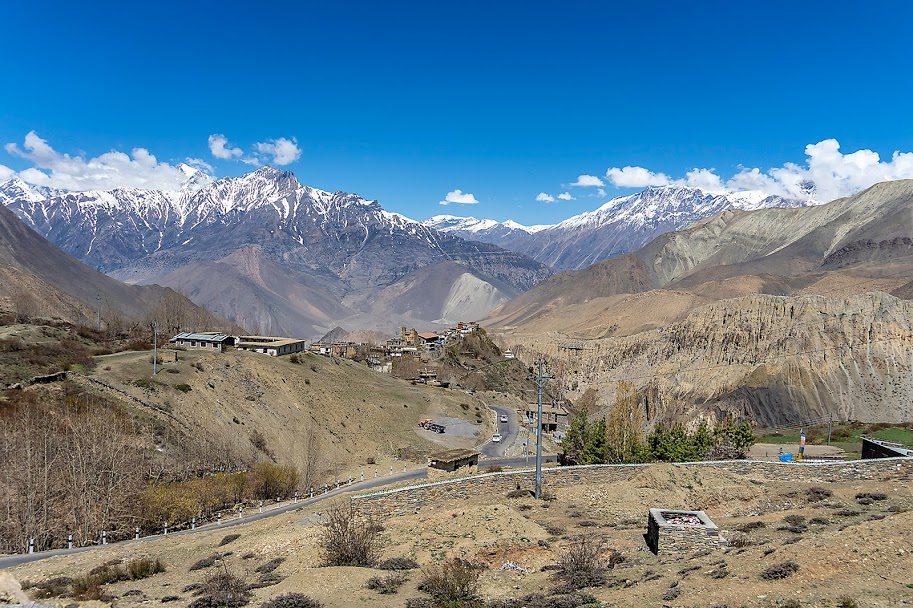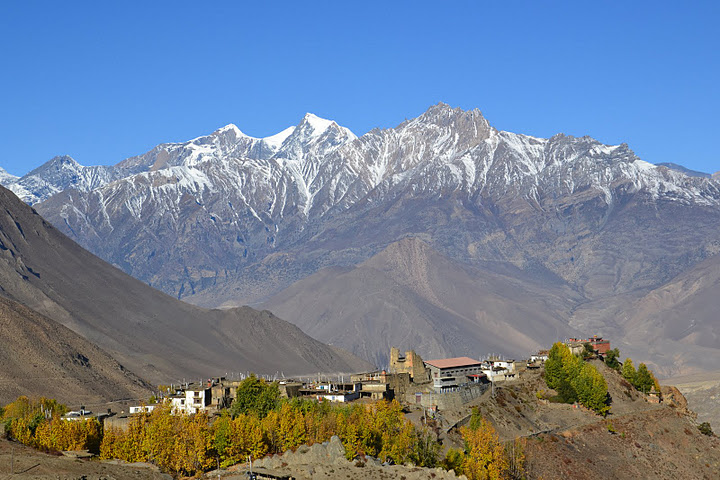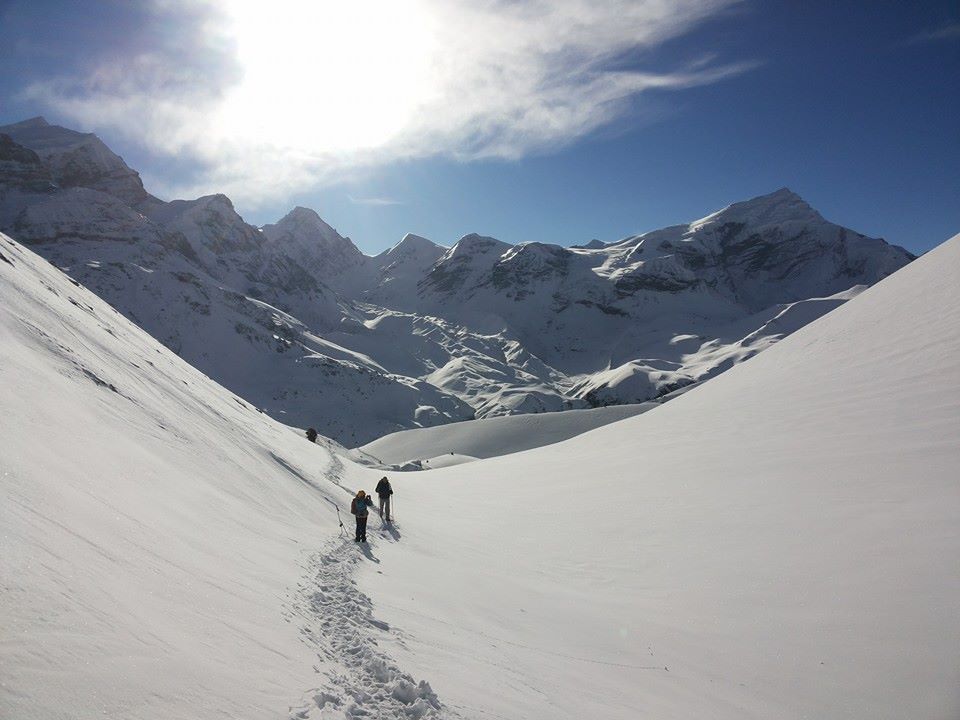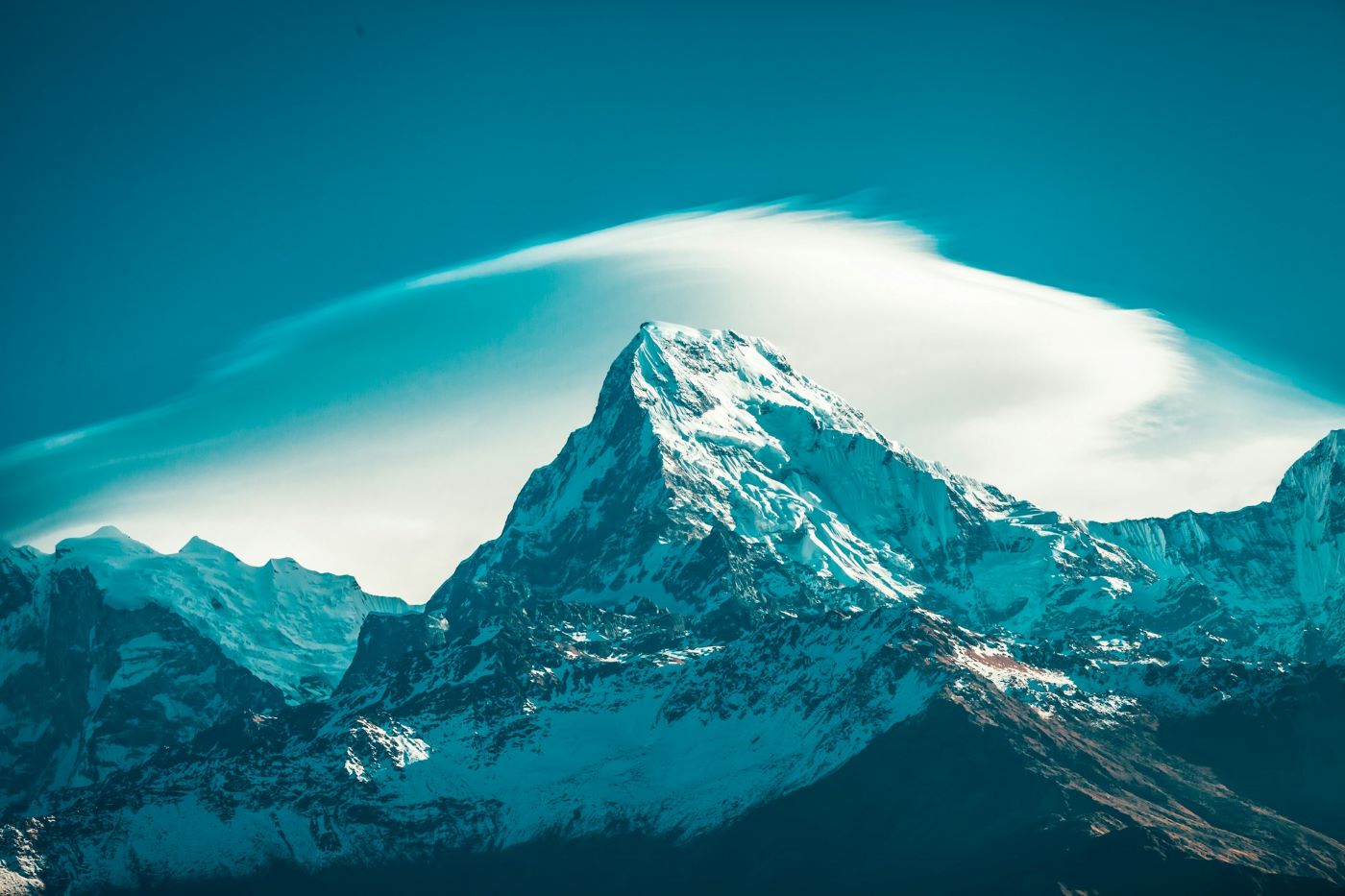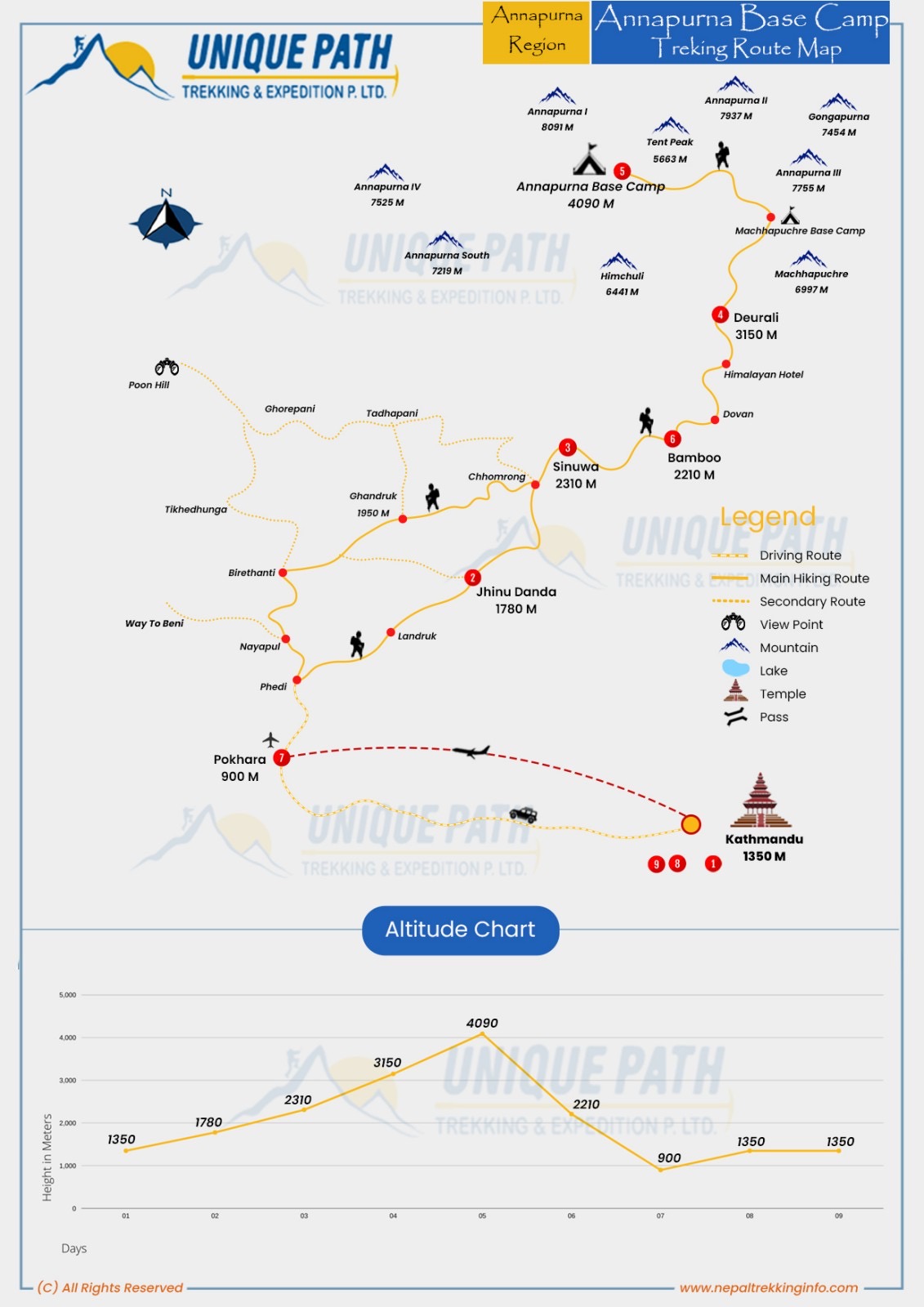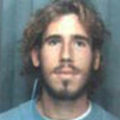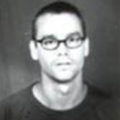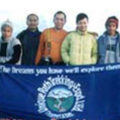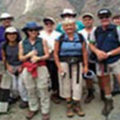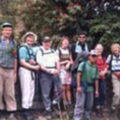TREKKING EQUIPMENTS, GEARS & SOME MEDICINES
We do recommend following equipment's for trekking and Hiking in Nepal.Head
- Sun hat
- Scarf
- Light balaclava
- Warm wool hat
- UV protection one Sunglasses
- Head torch with extra batteries.
Upper Part Of The Body Upper
- Tshirts
- Shirts
- Sleeveless or body warmer type fleece.
- Long sleeve shirts
- Thermal Vest
- Down Jacket
- Fleece Jacket
- Pullover
- Sports bras (women)
- Waterproof outer jacket
- Rain Coat
- Hand wear
- Fleece gloves.
- Warms mittens or gloves.
Lower Body
- Long Under Wear
- Short Under Wear
- Lightweight Cotton Long Pants
- Warm Trousers
- Tracksuit pants
- Lightweight thermal trouser
- Fleece pants
- Cotton paints
Footwear
- Thin inner socks
- Thick warm wool hiking socks
- Walking boots with ankle support
- Trainers or trail shoes
- Gaiters
- Micro spikes
Electronics
- Camera and Accessories
- Phone
- Power Bank
- Solar Panel
- Travel Adapter
Miscellaneous
- Book
- Playing Cards/Games
- Journal and Pen
- Snacks and Specialist Food
Hygiene & First Aid
- Sunscreen
- Insect Repellent
- Hand Sanitizer
- Toilet Paper
- Wet Wipes
- Pocket Hand Warmers
- Moisturizing skin cream and Lip balm
- Toiletries
- Water purifier
- First Aid
Trek Essentials
- Passport and Copy
- Travel Insurance Details
- Trekking Permit(s)
- Waterproof Document Wallet
- Cash
Recommended Medications
- Guide will take a group first aid kit but please bring personal medications and other items you might use regularly such as
- Any personal medications
- Malaria prophylactic tablets
- Blister treatment
- Rehydration powder
- Analgesics (Paracetamol, ibuprofen and aspirin)
- Plasters and zinc oxide tape
- Throat lozenges
- Diamox
Other Equipment
- Duffel Bag or Suitcase
- Day pack
- Sleeping bag
- Water bottle
- Trekking poles
- Towel



